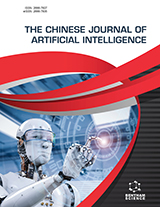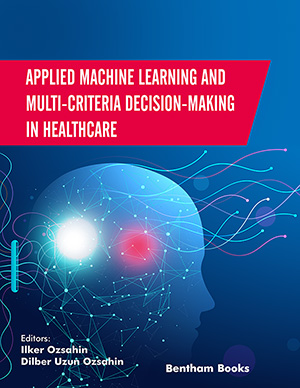Abstract
In the era of digitalization, electronic gadgets such as Google Translate, Siri,
and Alexa have at least one characteristic: They are all the products of natural language
processing (NLP). “Natural Language” refers to a human language used for daily
communication, such as English, Hindi, Bengali, etc. Natural languages, as opposed to
artificial languages such as computer languages and mathematical nomenclature, have
evolved as they have been transmitted from generation to generation and are
challenging to explain with clear limits in the first instance. In natural language
processing, artificial intelligence (Singh et al., 2021), linguistics, information
processing, and cognitive science are all related fields (NLP). NLP aims to use
intelligent computer techniques to process human language. However, NLP
technologies such as voice recognition, language comprehension, and machine
translation exist. With such limited obvious exclusions, machine learning algorithms in
NLP sometimes lacked sufficient capacity to consume massive amounts of training
data. In addition, the algorithms, techniques, and infrastructural facilities lack enough
strength.
Humans design features in traditional machine learning, and feature engineering is a
limitation that requires significant human expertise. Simultaneously, the accompanying
superficial algorithms lack depiction capability and, as a result, the ability to generate
layers of duplicatable concepts that would naturally separate intricate aspects in
forming visible linguistic data. Deep learning overcomes the challenges mentioned
earlier by using deep, layered modelling architectures, often using neural networks and
the corresponding full-stack learning methods.
Deep learning has recently enhanced natural language processing by using artificial
neural networks based on biological brain systems and Backpropagation. Deep learning
approaches that use several processing layers to develop hierarchy data representations have produced cutting-edge results in various areas. This chapter introduces natural language processing (NLP) as an AI component. The history of NLP is next.
Distributed language representations are the core of NLP's profound learning
revolution. After the survey, the boundaries of deep learning for NLP are investigated.
The paper proposes five NLP scientific fields.






















